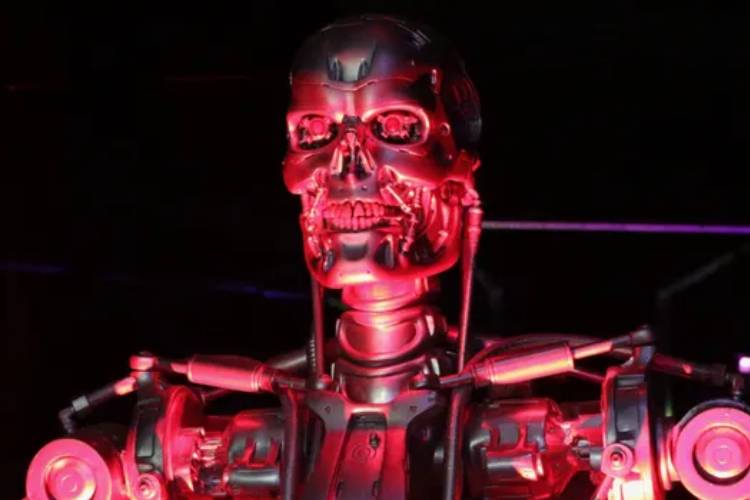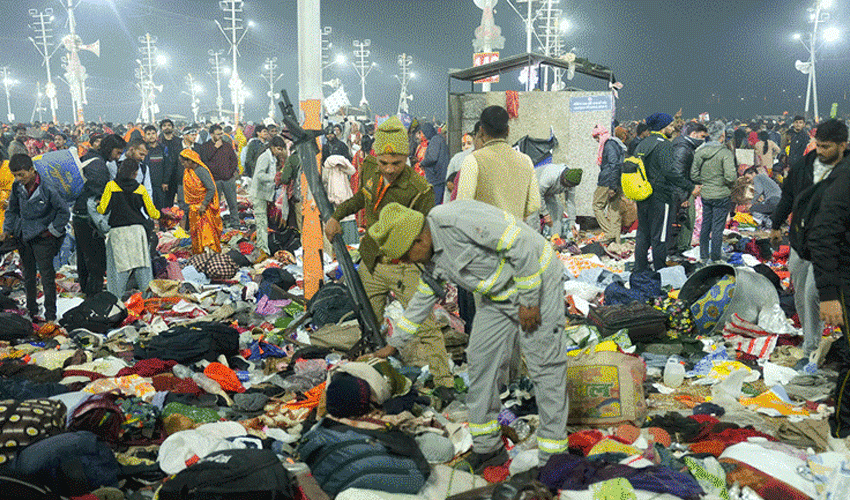In a devastating incident at a pepper sorting plant in South Gyeongsang province, South Korea, a robotics company employee lost his life when a malfunctioning robot mistook him for a box of vegetables.
The man in his 40s had been inspecting the robot's sensor operations late into the night when the tragic accident occurred.
Human error or technical glitch?
According to reports from the South Korean news agency Yonhap, the robotic arm, responsible for lifting boxes of peppers and transferring them onto pallets, confused the man for a box of vegetables.
The machine's error led to the man being grabbed and pushed against the conveyor belt, resulting in fatal injuries to his face and chest. Despite being rushed to the hospital, the man succumbed to his injuries.
Safety protocols under scrutiny
This incident happened just days before the scheduled test run of the robot at the pepper sorting plant, initially planned for November 6 but delayed by two days due to issues with the robot's sensor.
The victim, an employee of the company that manufactured the robotic arm, was running checks on the machine as part of the pre-test preparations.
Industry-wide concerns
In the wake of this tragic event, authorities are launching an investigation into the safety measures at the pepper sorting plant. There are concerns about possible negligence in duties, and the police are focusing on the site's safety managers.
This marks the second fatal incident involving a robot in South Korea this year, highlighting the urgent need for a robust and secure system in the integration of humans and robotics.
A repeat tragedy
The Donggoseong Export Agricultural Complex, which owns the plant, released a statement expressing condolences and calling for the establishment of a "precise and safe" system to prevent such incidents in the future.
This unfortunate incident follows a similar case in March, where a South Korean man in his 50s suffered serious injuries after being trapped by a robot at an automobile parts manufacturing plant.
The repeated occurrences are raising concerns about the safety protocols and regulations surrounding human-robot interactions.
As the use of robots in various industries becomes more prevalent, the need for stringent safety measures and comprehensive training programs to mitigate the risks associated with these advanced machines is becoming increasingly evident.



























